
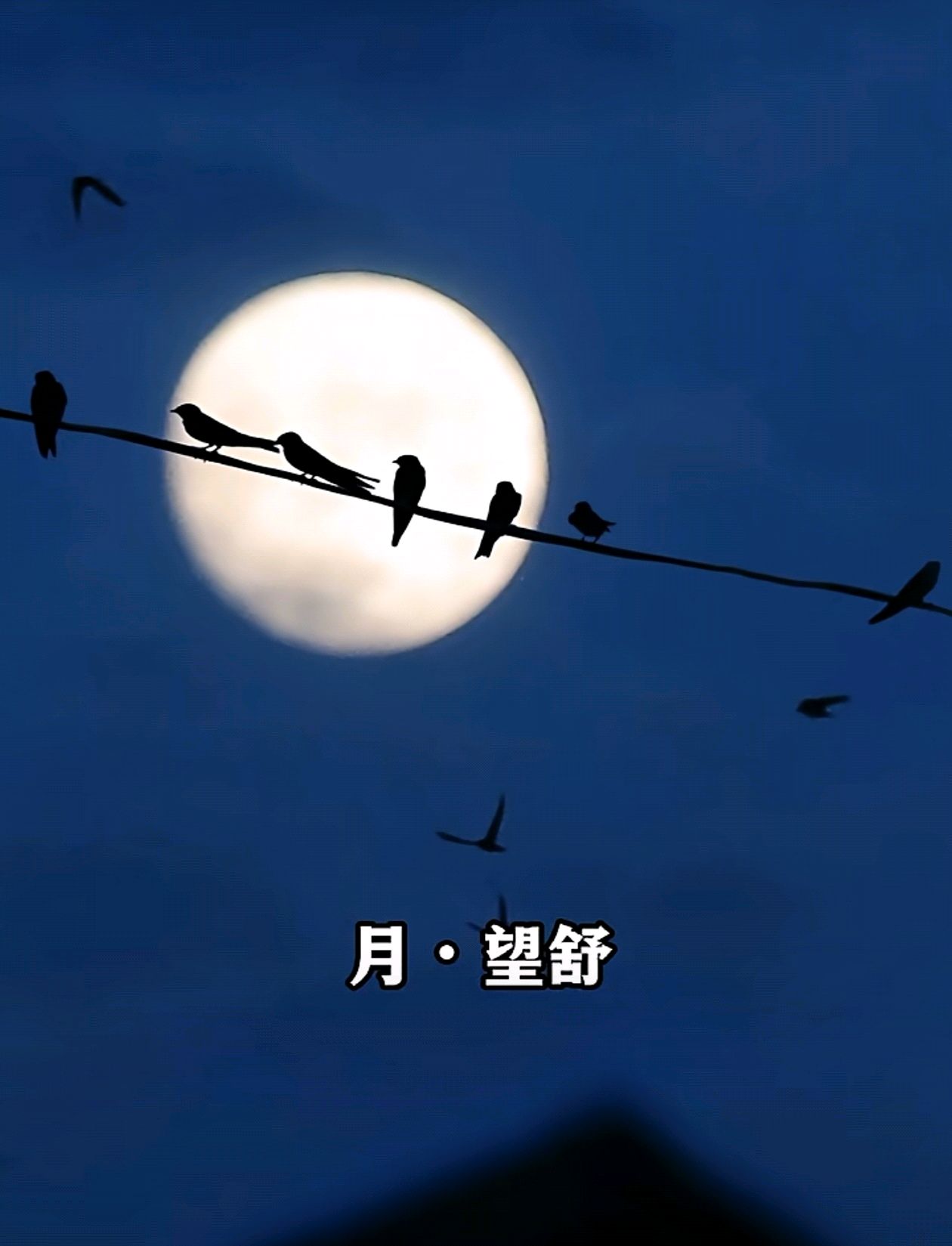
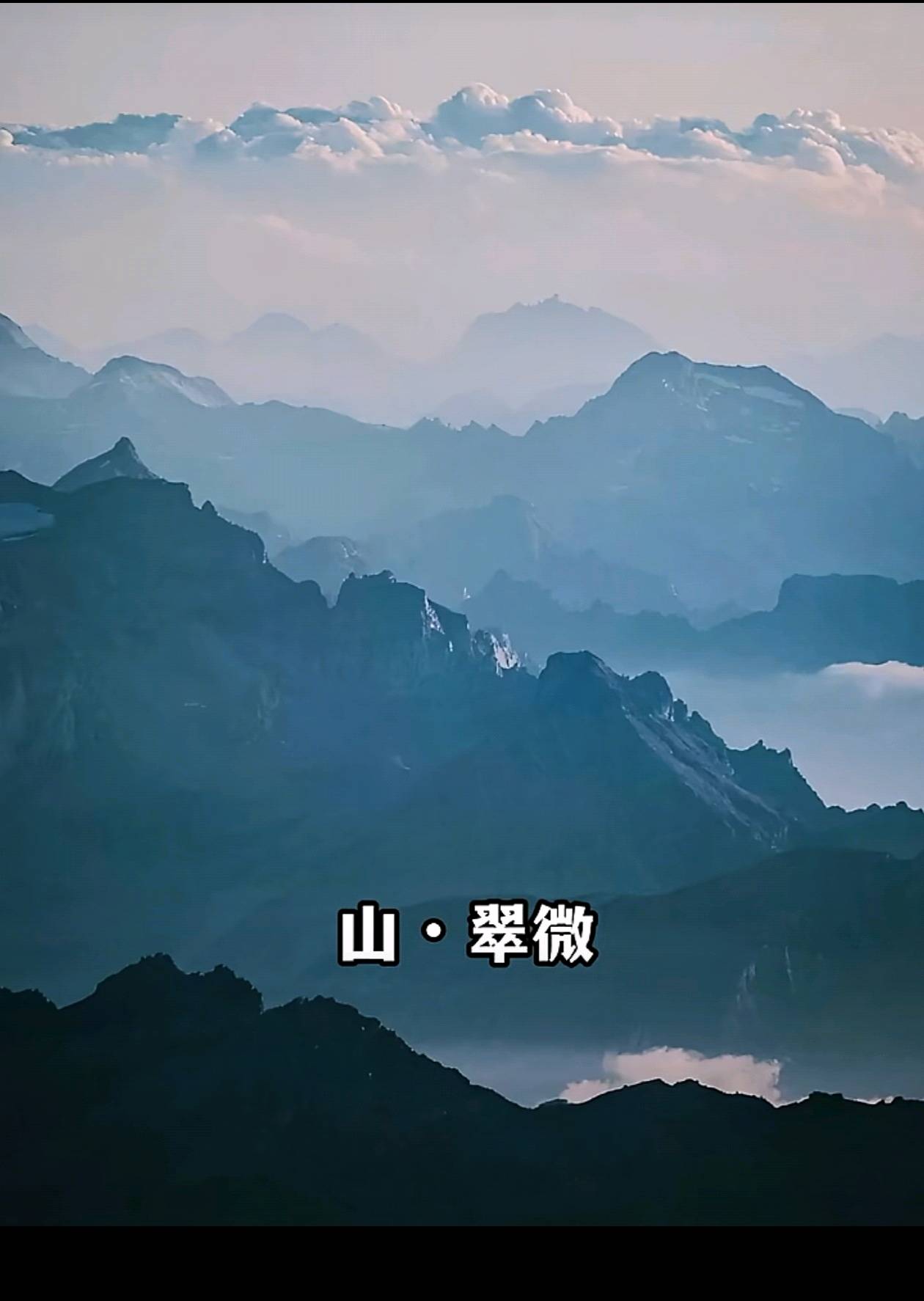
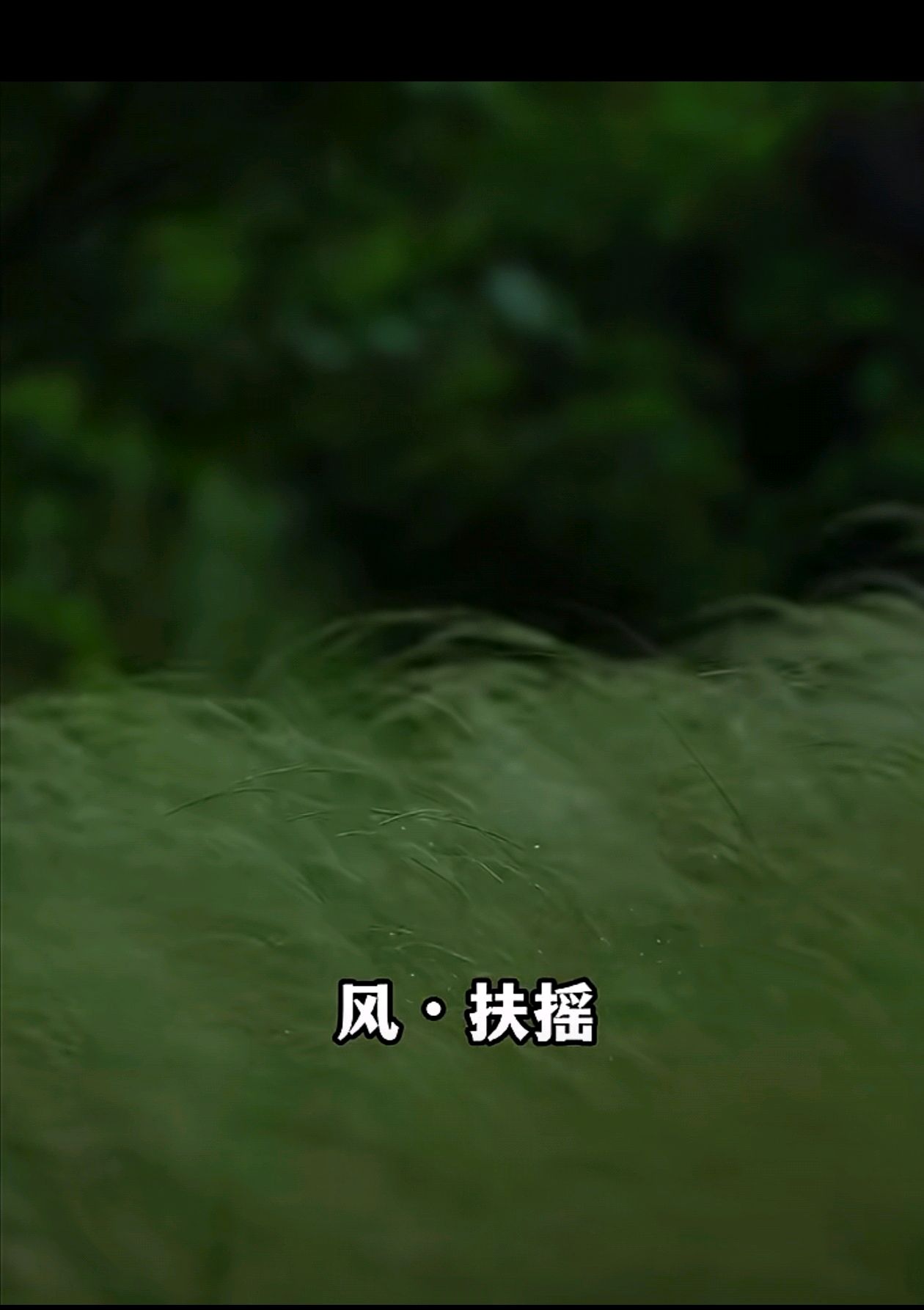
古人对万物的雅称,是中华文明里最诗意的文化密码。月被唤作“望舒”,源自《离骚》中“前望舒使先驱兮”,望舒本是神话里的月御,让月光多了浪漫的神性;山称“翠微”,描绘出暮色或晨雾中,山峦晕染的青绿色层次,朦胧如诗;风名“扶摇”,取自《庄子·逍遥游》“抟扶摇而上者九万里”,将风的磅礴动态凝于二字;竹号“郁离”,既状其枝叶蓊郁之态,又暗合君子孤高之格;雪呼“寒酥”,以“酥”喻雪的细腻,“寒”点染清冽意境;地谓“坤灵”,“坤”承《易经》大地之象,“灵”赋天地生机,尽显敬畏与浪漫。
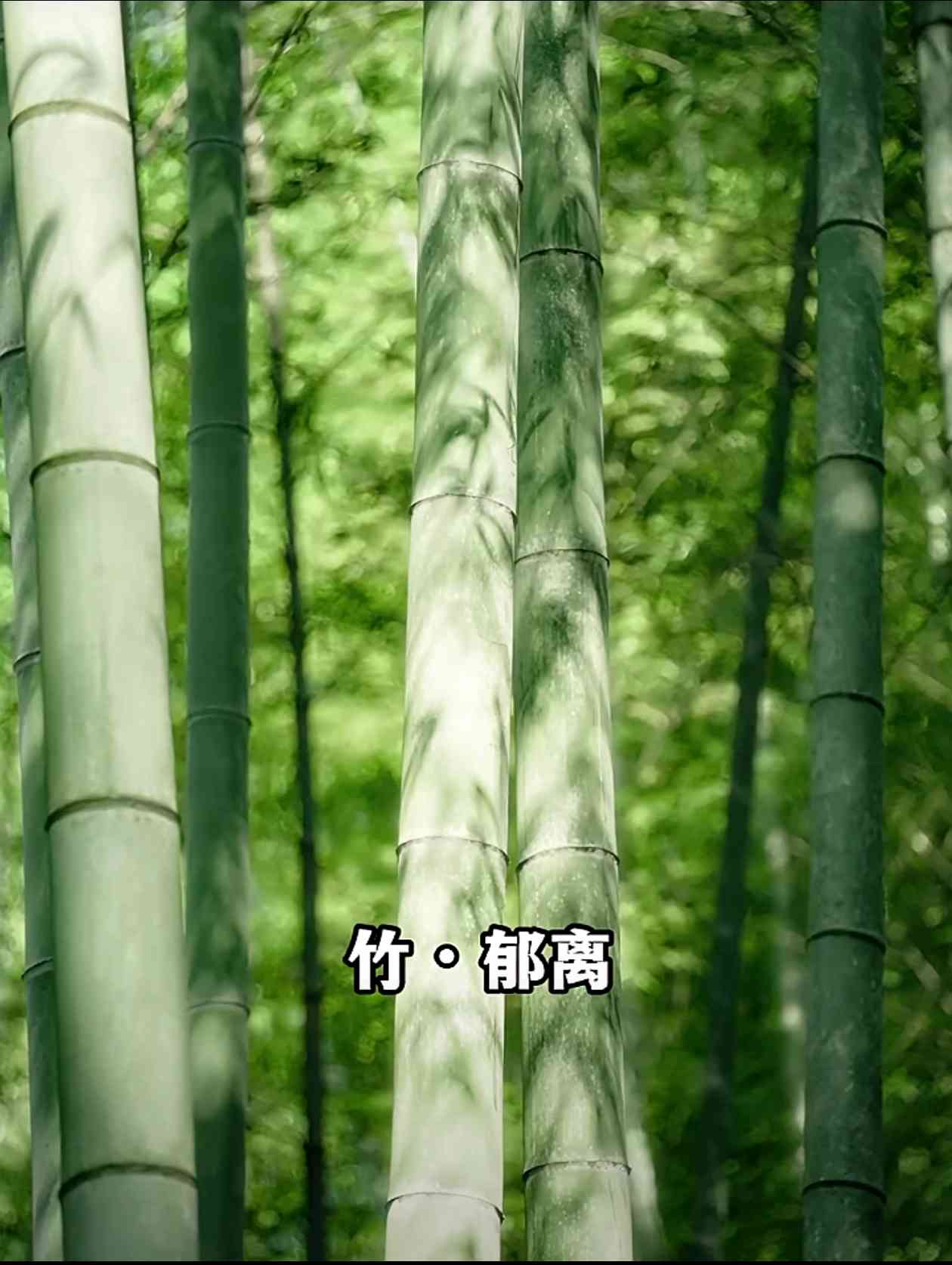
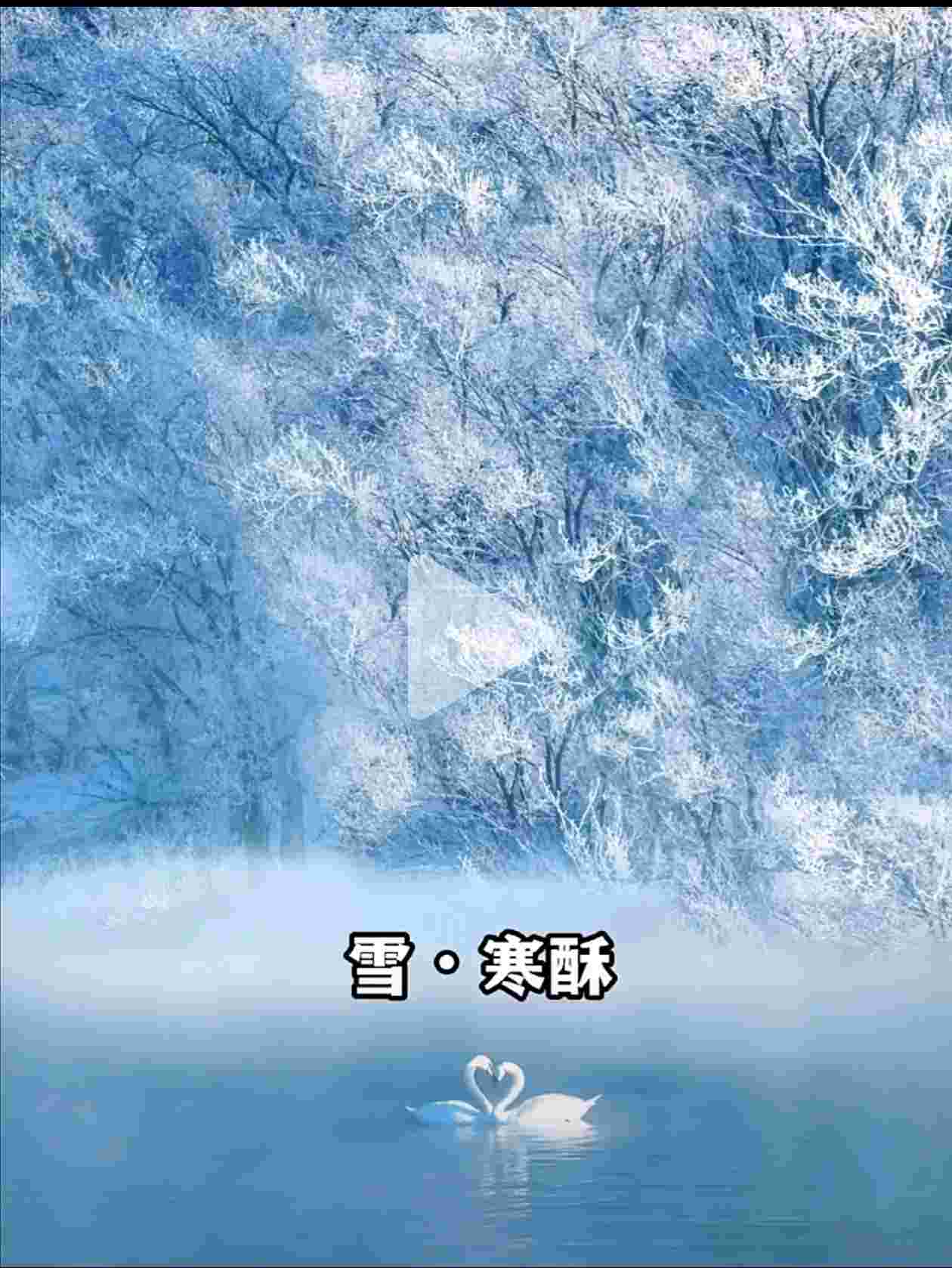
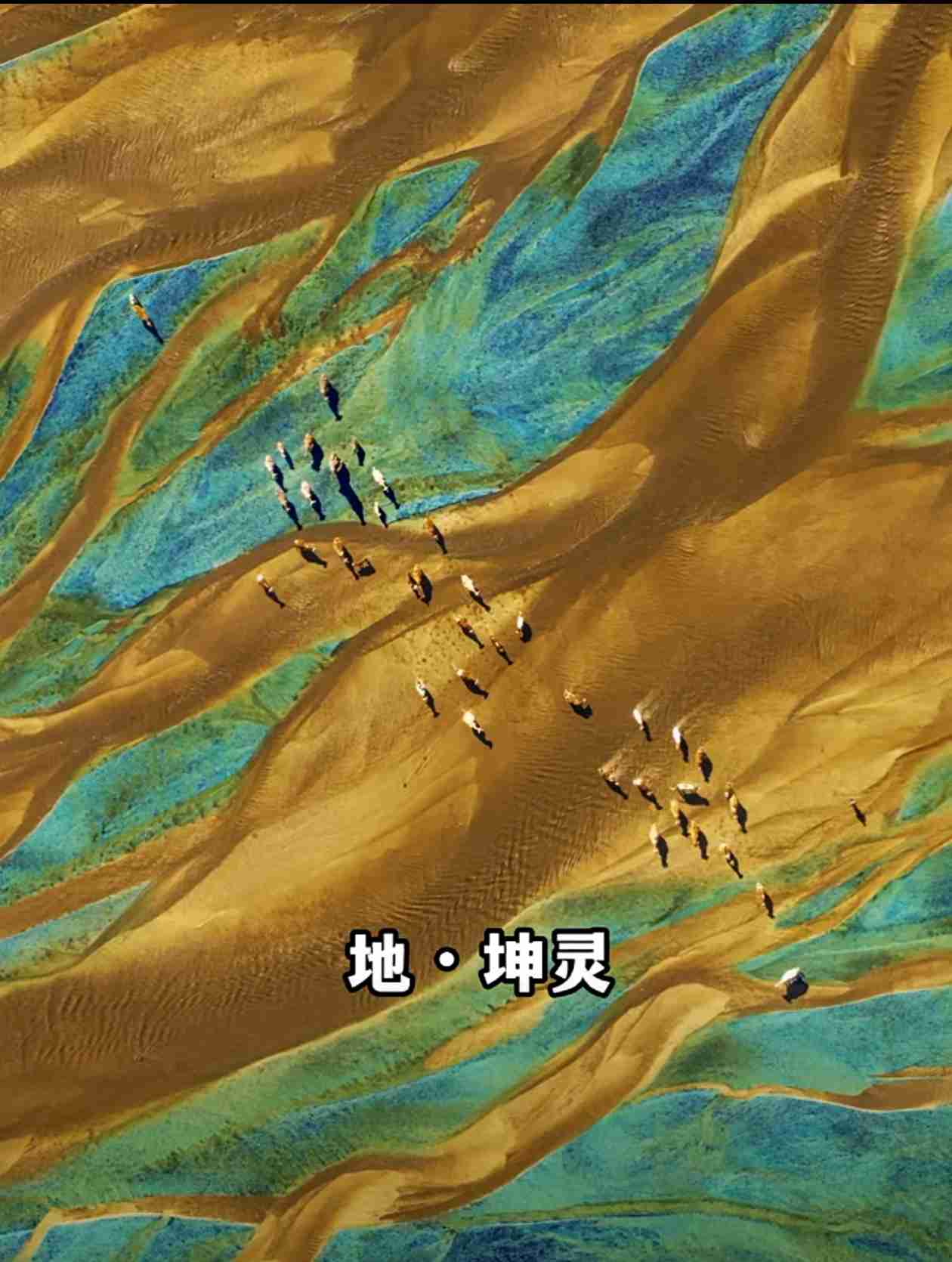
这些雅称并非简单命名,而是古人以文字为笔,为自然绘就的精神图腾。它们串联起诗词、哲学与生活,让山川风月不再是冰冷的存在,而是承载文化血脉的意象,在千年后仍令我们沉醉于汉语的精妙与深邃。
Ancient Chinese people bestowed elegant names on nature, a poetic cultural code in Chinese civilization. The moon is called “Wangshu”, derived from Li Sao: “Before Wangshu, let him be our forerunner”—Wangshu was the moon chariot driver in myths, endowing moonlight with romantic divinity. Mountains are “Cuiwei”, describing the hazy green layers of peaks in twilight or mist, like a poem. The wind is “Fuyao”, from Zhuangzi·Xiaoyou: “Soaring up with the Fuyao wind to ninety thousand li”, capturing the wind’s majestic power. Bamboo is “Yuli”, implying both its lush foliage and the integrity of a nobleman. Snow is “Hansu”, with “su” evoking snow’s delicacy and “han” highlighting its coldness. The earth is “Kunling”—“Kun” refers to the earth in I Ching, and “ling” signifies vitality, reflecting awe and romance.
These names are not mere labels but spiritual totems painted by ancients with words. Linking poetry, philosophy, and life, they transform mountains, winds, and moons into carriers of cultural heritage. Even after millennia, they still enchant us with the subtlety and profundity of the Chinese language.